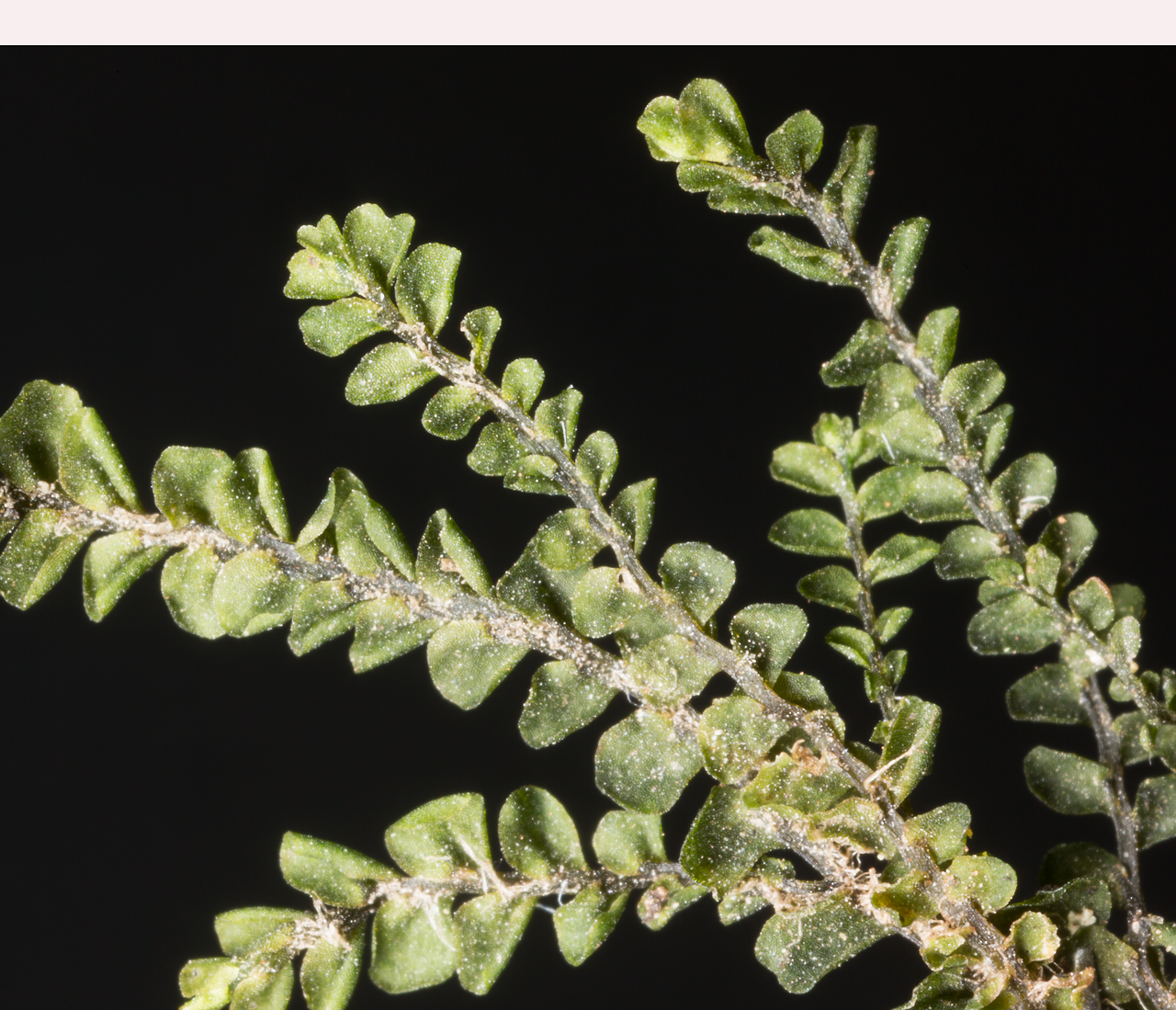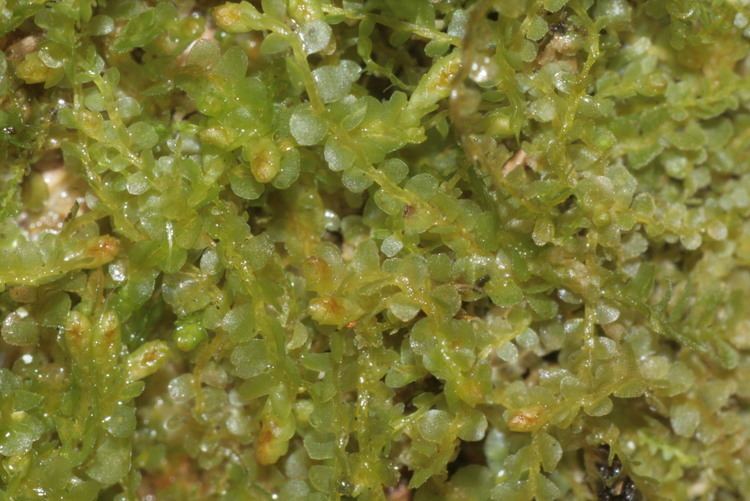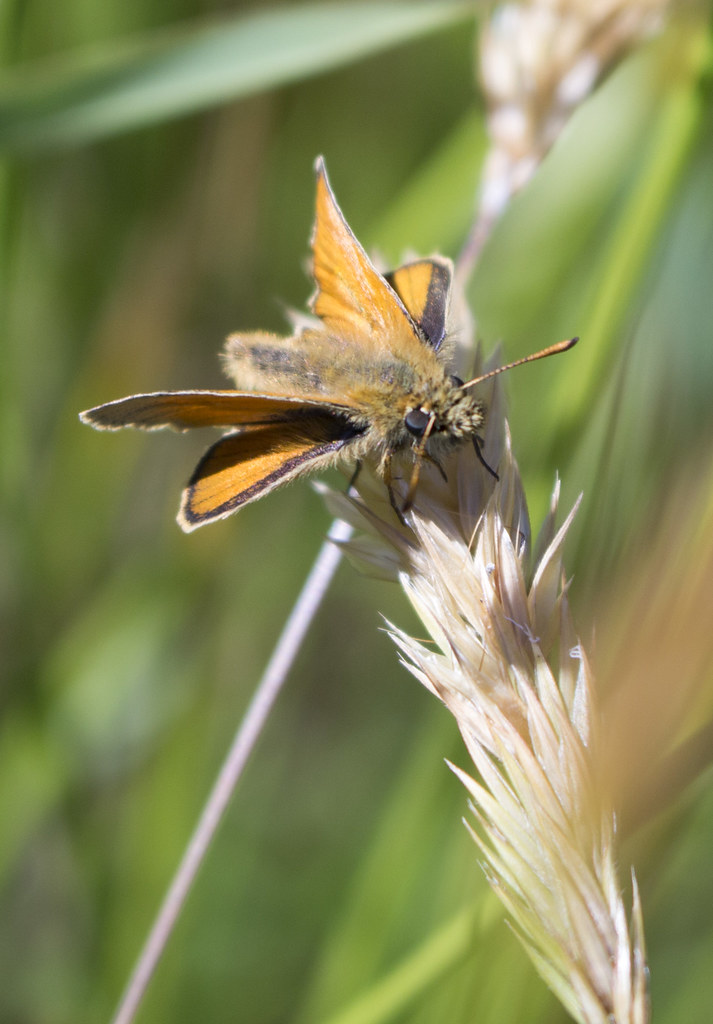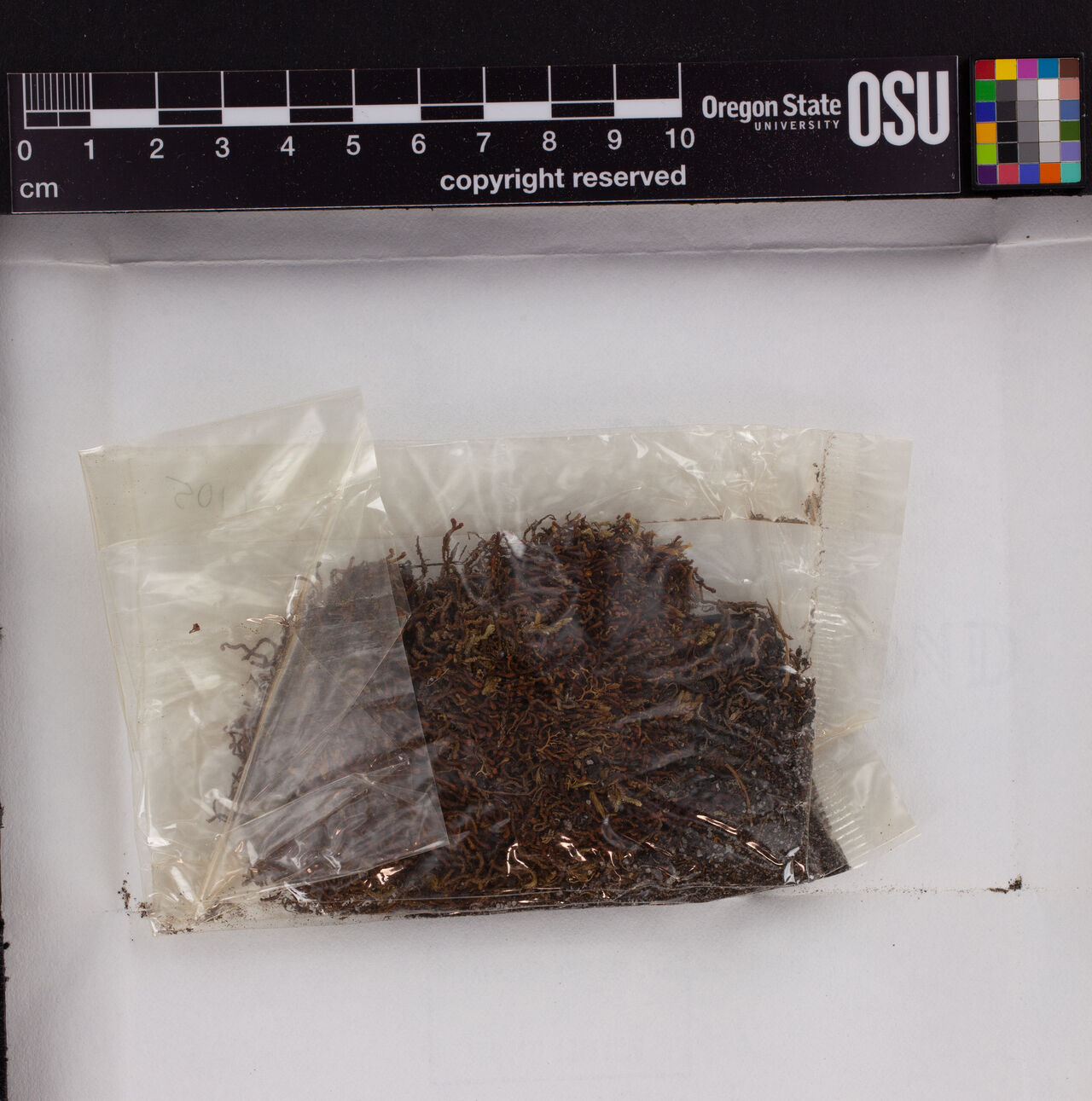
image from: https://www.flickr.com/photos/50910388@N08/28085579067
Introduction
In the vast and captivating world of bryophytes, the Jamesoniella rehmannii (Steph.) Steph. moss stands out as a remarkable species within the Adelanthaceae family. Often referred to simply as Jamesoniella, this unassuming yet fascinating moss has captured the interest of enthusiasts and researchers alike. Let’s delve into the intriguing realm of this diminutive plant and uncover its secrets.

image from: https://www.fs.usda.gov/wildflowers/Rare_Plants/profiles/Critically_Imperiled/jamesoniella_autumnalis_heterostipa/index.shtml
Background
Before we explore the specifics of Jamesoniella rehmannii, it’s essential to understand its taxonomic classification. This moss belongs to the phylum Marchantiophyta and the class Jungermanniopsida, which encompasses a diverse array of liverworts and mosses. Within this group, the Adelanthaceae family is home to several genera, including the genus Jamesoniella.
Main Content
Morphology and Identification
Jamesoniella rehmannii is a small, creeping moss that forms dense mats or cushions. Its stems are slender and irregularly branched, with closely overlapping leaves that give it a distinctive feathery appearance. The leaves themselves are deeply bilobed, with each lobe further divided into two or three segments. This intricate leaf structure is a key identifying feature of the species.

image from: https://wnmu.edu/academic/nspages/gilaflora/jamesoniella_autumnalis.html
Global Distribution and Habitat
This moss has a widespread distribution, occurring on various continents, including Europe, Asia, Africa, and North America. It thrives in a range of habitats, from moist and shaded rock crevices to decaying logs and soil in forests. Jamesoniella rehmannii is particularly fond of cool, humid environments, making it a common sight in mountainous regions and areas with high rainfall.

image from: https://alchetron.com/Jamesoniella
Ecological Roles and Adaptations
Despite its diminutive size, Jamesoniella rehmannii plays a crucial role in its ecosystem. Its dense mats help retain moisture and create microhabitats for other organisms, such as invertebrates and fungi. Additionally, this moss contributes to soil formation and nutrient cycling through the decomposition of its dead tissues.

image from: https://www.flickr.com/photos/50910388@N08/42052937395
One of the remarkable adaptations of Jamesoniella rehmannii is its ability to survive periods of desiccation. When conditions become dry, the moss can enter a state of dormancy, curling up its leaves and slowing down its metabolic processes. Once moisture returns, it quickly revives, showcasing its resilience in challenging environments.
image from: https://southwalesbryos.blogspot.com/2016/12/jamesoniella-and-plagiochila-in.html

image from: https://www.flickr.com/photos/131742409@N02/36070379602
Case Studies/Examples
In a recent study conducted in the Pacific Northwest region of North America, researchers discovered a thriving population of Jamesoniella rehmannii in an old-growth forest. The moss was found to play a crucial role in maintaining the delicate balance of the ecosystem, providing habitat for various invertebrates and contributing to the overall biodiversity of the area.

image from: https://www.gbif.org/es/species/8299545
Technical Table
| Characteristic | Description |
|---|---|
| Phylum | Marchantiophyta |
| Class | Jungermanniopsida |
| Family | Adelanthaceae
 image from: https://www.inaturalist.org/taxa/448632-Jamesoniella-robusta |
| Genus | Jamesoniella |
| Species | Jamesoniella rehmannii (Steph.) Steph. |
| Common Name | Jamesoniella |
| Growth Form | Creeping, mat-forming |
| Leaf Structure | Deeply bilobed, with each lobe further divided into 2-3 segments |
| Habitat | Moist, shaded rock crevices, decaying logs, forest soil |
| Distribution | Europe, Asia, Africa, North America |
Conclusion
The Jamesoniella rehmannii (Steph.) Steph. moss, or simply Jamesoniella, is a remarkable species that deserves our appreciation and admiration. Its intricate morphology, widespread distribution, and ecological significance make it a fascinating subject of study. As we continue to explore the world of bryophytes, let us ponder this thought-provoking question: How many other hidden gems like

image from: https://www3.botany.ubc.ca/bryophyte/bryid9.htm
Jamesoniella rehmannii are waiting to be discovered and celebrated in the vast tapestry of nature?